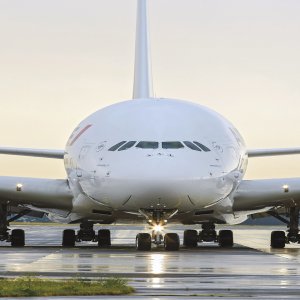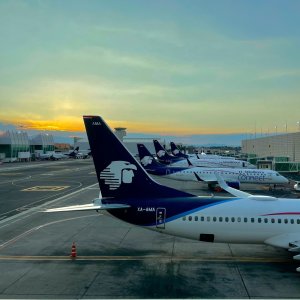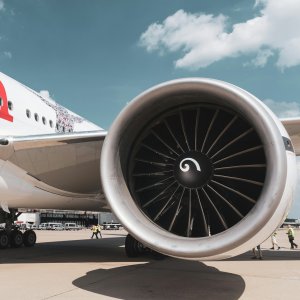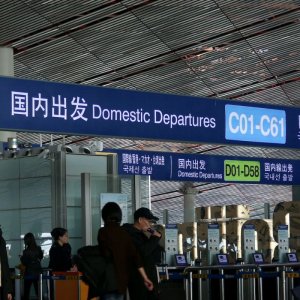More Flights, Bigger Planes Options for Satisfying Demand

STORY INLINE POST
Q: How big a player is Mexico in United Airlines’ long-term sales strategy?
A: Mexico is United Airlines’ second-biggest market in terms of operations outside the US. We operate flights to 64 destinations in Latin America and the Caribbean with an average of 1,000 flights a week. Of these, 550 are to Mexico. Mexico City is the only destination connected with all seven hubs in the US: Houston, Denver, San Francisco, Los Angeles, Chicago, Newark and New York.
United Airlines continuously analyzes its routes to determine when to increase capacity. When we notice growth in demand in a market, we either schedule more flights for this destination or use a larger aircraft. For instance, five years ago we started flying seven times a day from Monterrey to Houston. As demand grew, we added five more flights for a total of 12 daily flights on this route and one in the Monterrey-Chicago route. Shortly after, we started to operate 14 weekly flights. United flew 70-seat airplanes in this market but as demand grew, we replaced these with 76-seat aircraft. This measure meant an increase of almost 10 percent in the number of available seats per flight.
Q: What are the most important routes for United Airlines in Mexico?
A: Cancun is our busiest airport outside the US. During peak season, we operate up to 40 daily flights. In Mexico City, we have up to 16 flights a day and all our operations are mainline flights. In Queretaro, we fly three daily flights using 76-seat aircraft and in Leon we grew from one to two daily flights to Los Angeles. Last year, United added a new flight to the Aguascalientes-Houston and San Luis Potosi-Houston routes. This was done largely to further connect the automotive industry as air traffic between Europe, Asia and the US related to this sector has grown.
Q: What are your growth expectations for flights between the US and Mexico in the long term?
A: In fact, the entire Latin American market continues to grow, not just Mexico. Of the 20 most important cities in Latin America, only 43 percent have direct flight services, while 100 percent of the important European cities have these kinds of connections. The aviation industry in Latin America will grow more than in the rest of the world. The average growth of this industry in Latin America is 4.6 percent, while growth in the Mexican market is expected to be 4.7 percent. The agreement between the American and Mexican governments provides more options for flight destinations. Before this agreement existed, only two foreign airlines were allowed to fly to the same destination. Lifting this limitation will boost competition and provide customers with a greater number of offers to choose from.
Q: What are passengers looking for when choosing United Airlines?
A: First of all, our network. Most United Airlines’ passengers are business travelers as 80 percent of our routes are to the main worldwide business centers. With the onboard Satellite Wi-Fi, business passengers appreciate being able to connect anywhere they are so that they can solve problems before arriving to their destination. In other segments, demand for certain services depvends largely on the kind of passenger at hand. But all passengers regardless of the type want to reach their destination safely and to wait the minimal time possible.
Q: How is United Airlines facing the saturation of the Mexico City International Airport (AICM) and what does it expect from NAICM?
A: The number of slots at AICM are limited, but United Airlines is fine with the number of slots it holds. Replacing smaller aircraft with bigger planes has enabled the airline to increase and even double capacity. For instance, changing from 75- seat aircraft to 146-seat planes almost doubles the number of available seats per flight. Also, increasing the number of operations and destinations from cities close to Mexico City, such as Puebla and Queretaro, reduces the need for customers who live there having to fly from Mexico City.
























